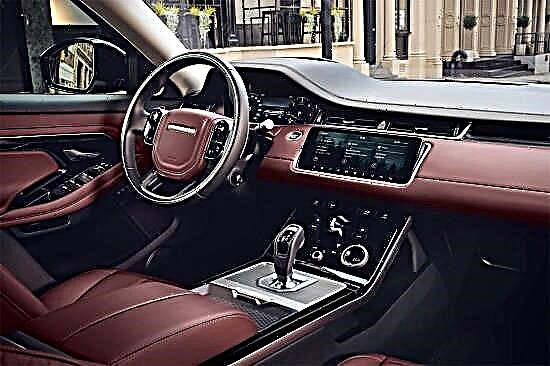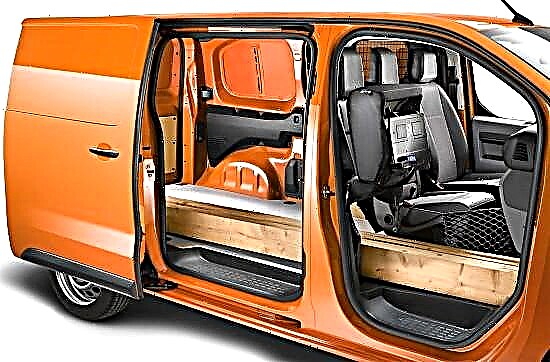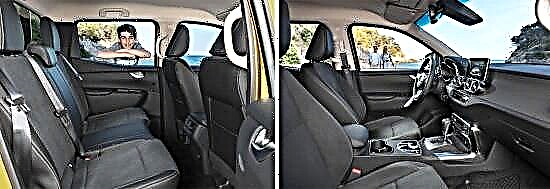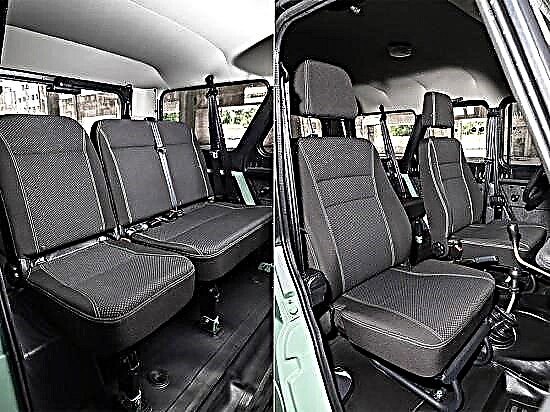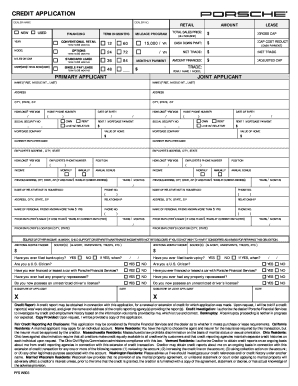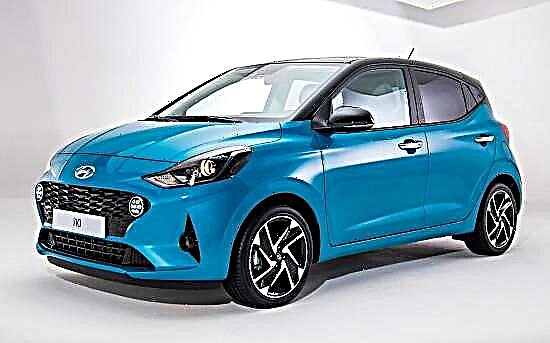Hyundai i10 is a front-wheel drive five-door hatchback A-class according to the European classification, combining a dynamic design, a modern and fairly roomy interior and good "driving" qualities, which (according to the automaker itself) "seems small, but loudly declares itself" ... Car is aimed, first of all, at active youth (but mainly at its female part) living in large cities and not used to sitting in one place ...

The Hyundai i10 city car of the next, third in a row, generation in the European specification appeared before the general public in September 2019 at the International Frankfurt Auto Show, while its Indian "brother" called the Grand i10 Nios (extended and simplified) debuted in a few weeks prior to this event.

Compared to its predecessor, the five-door has changed in almost all aspects - it put on a more expressive design, slightly enlarged in size, tried on an "adult" salon, acquired a modernized platform, "armed" with modern options and received a "sportier" version of the N Line.

Exterior
Outside, the “third” Hyundai i10 looks not only pretty, smart and modern, but also moderately aggressive, and largely thanks to the formidable “face” with frowning lighting technology, an intricate grille with a honeycomb structure, into which the faceted “eyes” of the running lights are integrated. and a raised bumper.

But from other angles, the hatchback is not a miss - a harmonious silhouette with a short hood and overhangs, expressive "folds" on the sides and a sloping roof and lean stern with neat lanterns, a multifaceted trunk lid and a "plump" bumper.

On top of that, as noted above, this five-door is offered in a "sporty" version of the N Line, "flaunting" a different front bumper, a radiator grille with a non-trivial pattern, three-section running lights, 16-inch wheels of the original design and a "double-barreled" exhaust system.
Dimensions and weight
The overall length of the third generation Hyundai i10 is 3670 mm, its height is 1480 mm, and its width is 1680 mm. The wheelbase of the car is extended by 2425 mm, and its ground clearance does not exceed 149 mm.
The curb weight of the hatchback ranges from 933 to 961 kg, depending on the modification.
Interior
The interior of the five-door looks like an adult - a three-spoke multi-steering wheel with a "chubby" rim, full-fledged instruments with analogue dials and a scoreboard between them, a stylish center console carrying an 8-inch infotainment center screen, symmetrical ventilation deflectors and a modern climate control unit. installations ... However, most of these "riches" are not available for the initial configurations.

As for the N Line version, inside it is given out by pedals, a modified knob of the transmission lever, red decor and front seats with a more developed side profile.

Formally, the third-generation Hyundai i10 interior has a five-seat layout, but in fact the second row, equipped with a hospitably profiled sofa, is more suitable for only two people (largely due to the limited space). In front, quite ordinary seats are installed with unobtrusive sidewalls and normal adjustment ranges.

By the standards of the A-class, the hatch has quite a good trunk - its volume is 252 liters "under the shelf" (while the compartment itself boasts a two-level floor). The rear row is folded in the ratio "60:40", which allows more than three times to increase the cargo capacity of the five-door.
Specifications
In the European market, the "third" Hyundai i10 is offered with three petrol engines to choose from:
- By default, the car is equipped with an in-line three-cylinder "aspirated" MPI with a working volume of 1.0 liters with distributed injection, 12-valve timing and variable valve timing, developing 67 horsepower at 5500 rpm and 95 Nm of torque at 3750 rpm.
- More productive versions are driven by an atmospheric 1.2-liter MPI "four" with an in-line arrangement, multi-point "power supply", a 16-valve DOHC timing belt and a variable valve timing system that produces 84 hp. at 6000 rpm and 122 Nm of peak thrust at 4000 rpm.
- The "top" modification of the N Line relies on a 1.0-liter three-cylinder T-GDi engine with turbocharging, direct injection, 12 valves and phase shifters, generating 100 hp. at 4500 rpm and 172 Nm of rotational potential at 1500-4000 rpm.
As a standard, all units are docked with a 5-speed "mechanics" and a front-wheel drive transmission, however, atmospheric motors can be supplemented with a 5-band "robot" for an additional charge.
Design features
The third "release" of the Hyundai i10 is built on the upgraded "bogie" of its predecessor, which implies abundant use of high-strength grades of steel in the structure of the monocoque body and the transverse arrangement of the power plant.
At the front, the car is equipped with a MacPherson-type independent suspension, and at the rear, a semi-independent architecture with a torsion beam. By default, the hatchback is assigned to the rack and pinion steering with electric power assistance, and its braking system is represented by ventilated discs on the front and drum devices on the rear axle.
Options and prices
In the Russian market, sales of the third-generation Hyundai i10 are not planned, but in Europe it will be possible to buy a car already at the end of 2019 (with the exception of the N Line version, which will appear at dealerships only in the summer of 2020).
Options and prices will be announced closer to that time, but it is already clear that the five-door will cost from ≈10,000 to 15,000 € and, optionally, a very "adult" equipment will be available: front and side airbags, ABS, ESP, a media center with an 8-inch screen, rear view camera, wheels up to 16 inches, smart monitoring and diagnostic systems, wireless charging for smartphones, climate control and much more.

